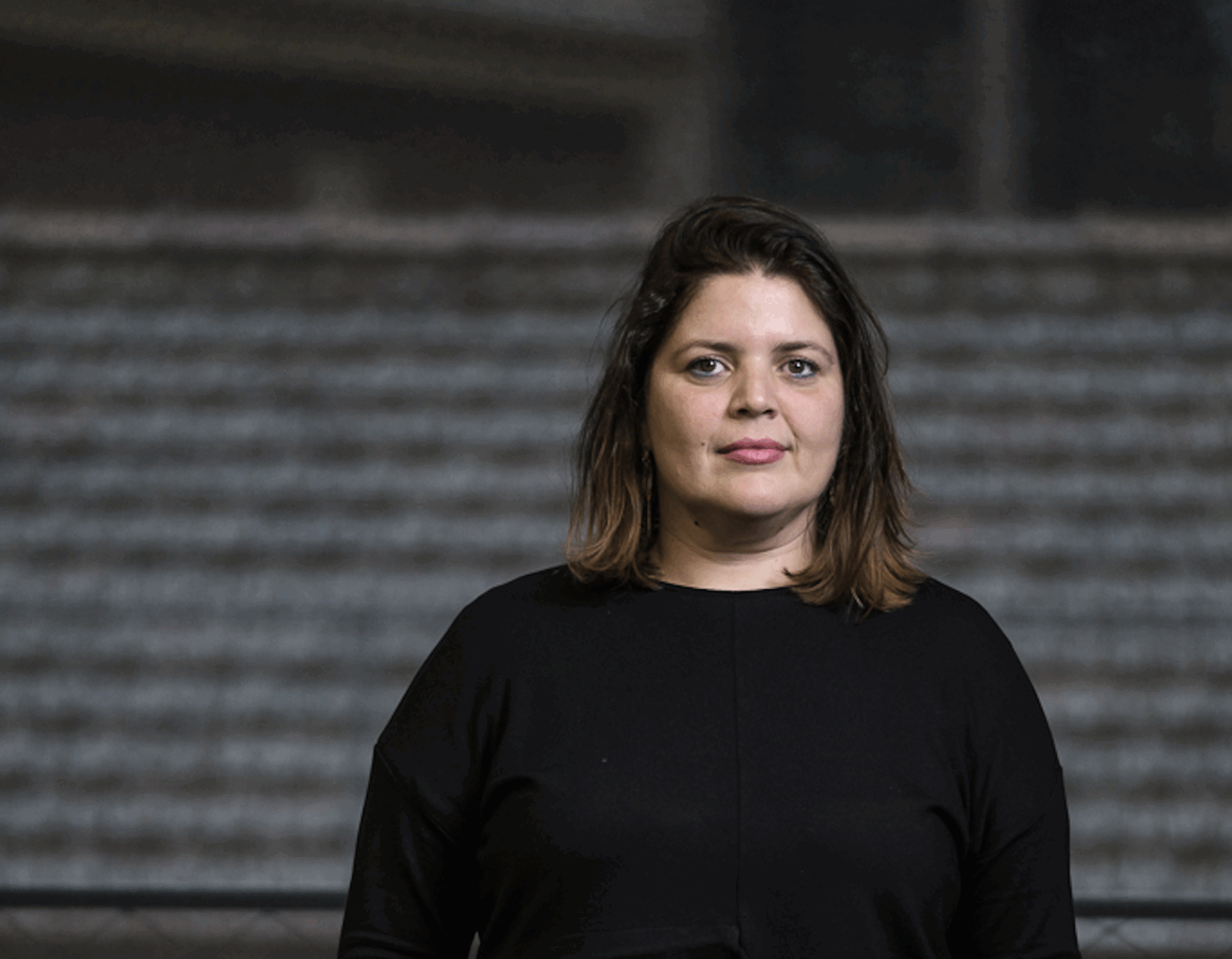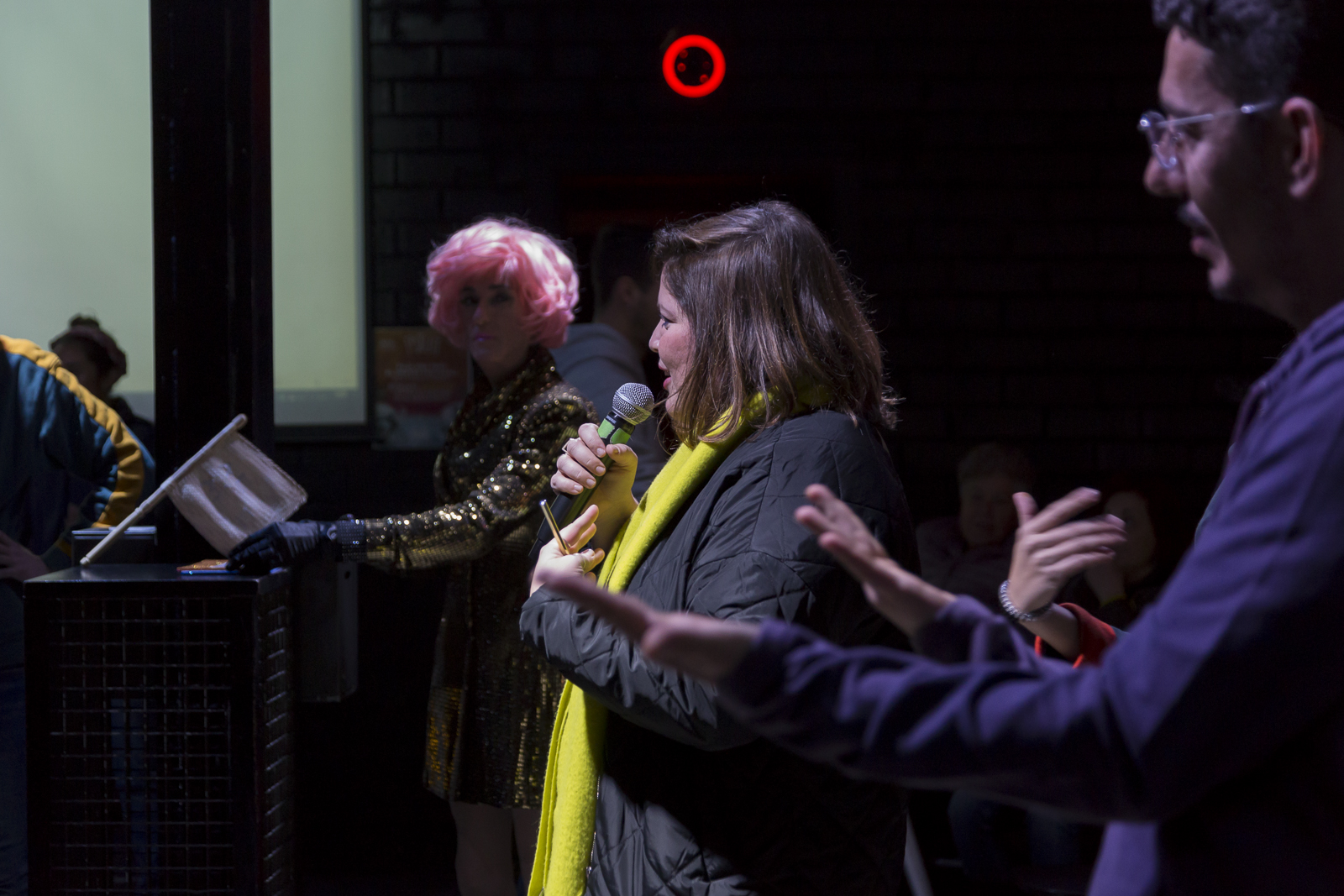"The Diversorium shows what the reality of functional diversity can do for all of us".

Interview with Veronica Valentini, mediator of the Barcelona concomitance, Diversorium.
Definida como comisaria e investigadora, Veronica Valentini vive y trabaja en Barcelona en temas relacionados con la creación de la esfera pública, desarrollando su práctica en múltiples formatos como exposiciones, programas públicos de residencias, formación e investigación. Además, es mediadora de la concomitancia de Barcelona, Diversorium, un proyecto que refleja el deseo de dos activistas, Antonio Centeno y María Oliver, por que la diversidad funcional tenga un espacio de encuentro y fiesta para «bailar» junto a las distintas comunidades afectivas e invisibilizadas de la ciudad. Este proceso de desarrollo y autodescubrimiento, impactado también por la pandemia, nos lo relata en esta entrevista en la que destapa qué se ha hecho, en qué están, qué queda por hacer.
What is cultural management for you?
La gestión cultural es el disco duro de los proyectos donde, entre datos, hojas de cálculo y demás cosas, albergamos relatos plurales, compartimos deseos y construimos imaginarios colectivos. Además es una herramienta plástica poderosa que puede cambiar las rígidas estructuras administrativas de las instituciones culturales. Es el lugar desde el cual “puedes hacer que las cosas pasen, así como crear reglas y regulaciones”, según dice Teresa Cisneros, en la entrevista publicada por Editorial Concreta, donde señala que la figura del administrador o del gestor cultural es mucho más influyente que la figura del comisario, como se suele pensar y solo porque está más expuesta.
¿Cómo definirías el papel de un mediador? ¿Ha cambiado esta definición para ti a raíz de tu entrada en Concomitentes?
Me gusta pensar en el/la mediador/a como en un organismo responsable de las relaciones entre las personas y las ideas, ya que tiene que ver con procesos en constante transformación. Ser mediador de un proyecto como Concomitentes te da la posibilidad de experimentar con procesos de co-creación. Es como ser parte de una especie de parlamento en el que su audiencia es participante y activa, no pasiva y mera espectadora. Por supuesto, también está el cuidado, la escucha y la atención que resultan imprescindibles.

¿Qué espacios, metodologías y estrategias de mediación se han creado en tu proyecto para potenciar la reflexión, investigación e intercambio?
El Diversorium vendría a ser el primer espacio de celebración y encuentro iniciado por voluntad de un grupo de personas con diversidad funcional abierto a todos los cuerpos. Se trata de un espacio de ocio que opera desde lo social y lo vivencial, regido por la interdependencia y la abundancia. Por esa razón, quisimos que el proceso de mediación, que en parte constituye la propia obra del proyecto, fuese colectivizado desde el principio, aprendiendo y desaprendiendo a través del diálogo, la performance, el baile y el goce. De allí surge la idea de organizar las fiestas en sitios populares y comerciales, desde unas fiestas de barrio o en el night club Apolo, aunque solo pudimos llegar a celebrar una por la pandemia. No obstante, ahora estamos indagando sobre cómo desarrollar, espacial y empáticamente, un brave space (espacio valiente/desafiante) que sea también welcoming (de bienvenida). Es Bell Hooks quien habla de querer superar la idea de safe space (espacio seguro) y optar por un espacio valiente que incentive “cultivar juntos una comunidad que permita el riesgo, el riesgo de conocer a alguien fuera de tus propios límites”.
¿Cómo ha sido el proceso de camino conjunto con los comitentes? ¿Cómo te ha enriquecido? ¿Algún aprendizaje que rescatar?
Asiduo, cercano e intermitente a la vez, a causa de la pandemia y un embarazo. Lo que se pretende mostrar con este proyecto es no solo lo que la creación de un espacio de ocio puede hacer a las personas con diversidad funcional, sino también lo que la realidad de la diversidad funcional puede hacer por todas nosotras. Por eso hablo de la idea de abundancia: La sociedad te clasifica en casillas, espacios y normas, mientras que si piensas en la diversidad funcional las barreras de todos estos límites se rompen.
¿Cuáles dirías que han sido los principales retos que han surgido con tu concomitancia? ¿Y a cuáles te enfrentas en el medio plazo?
Hemos buscado intervenir en “lo real”, es decir, realizar las fiestas en espacios normativos como una discoteca y el espacio público del barrio Poblenou de Barcelona. Desafortunadamente la pandemia ha imposibilitado todo este plan que teníamos muy desarrollado, evidenciando el “distanciamiento social”, condición que las personas con diversidad funcional viven a diario y que el proyecto pretender superar. Ahora nos queda tantear al Ayuntamiento de Barcelona para conseguir el uso continuado de un espacio de la ciudad que ya hemos localizado y, desde ahí, concretar si la obra será efímera o si será una intervención permanente.










 Concomitentes
Concomitentes